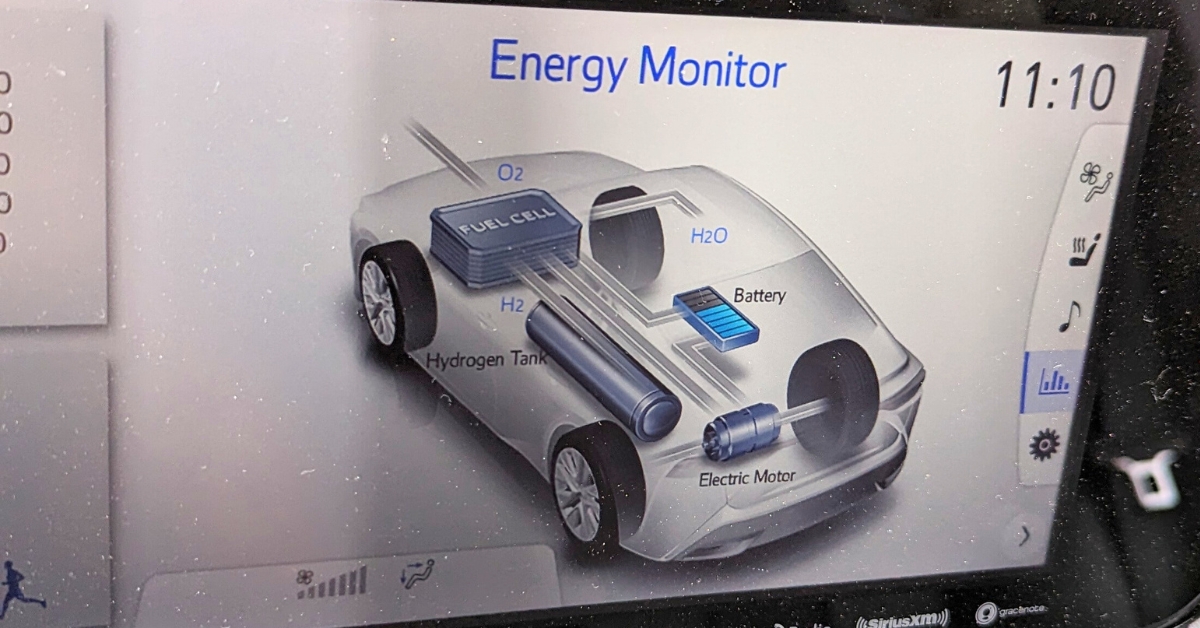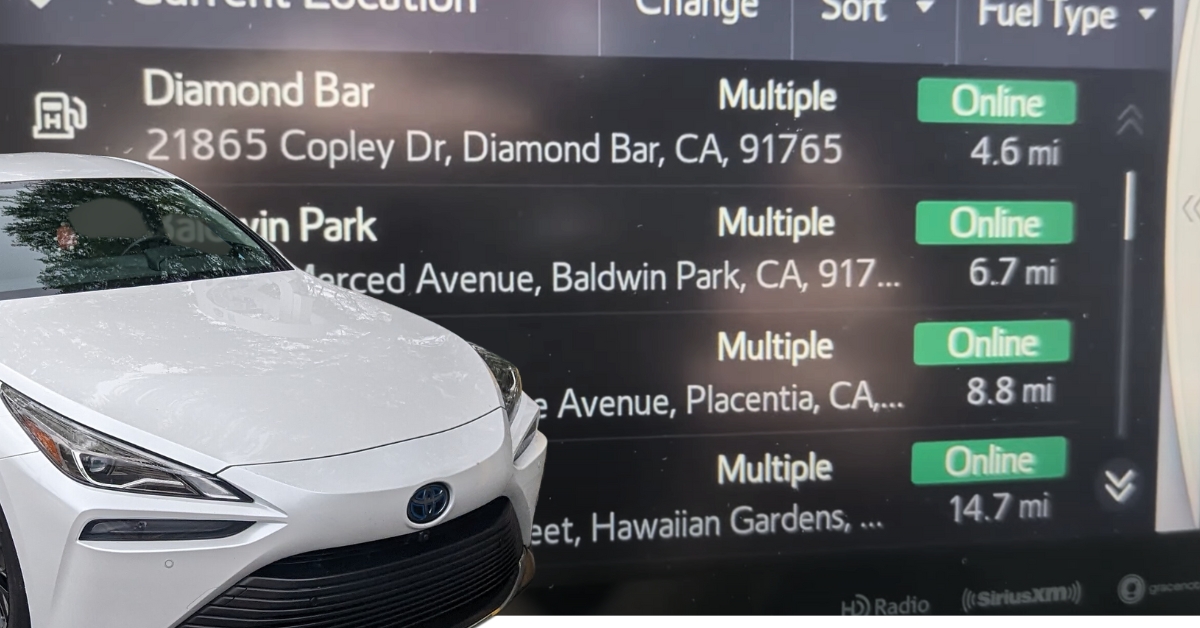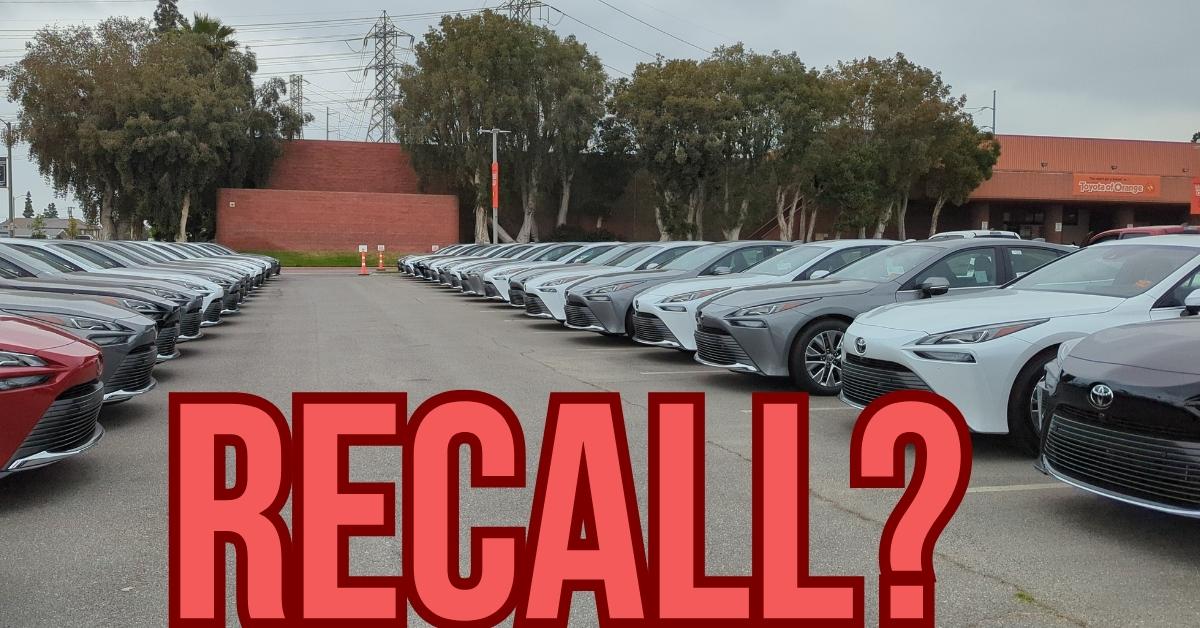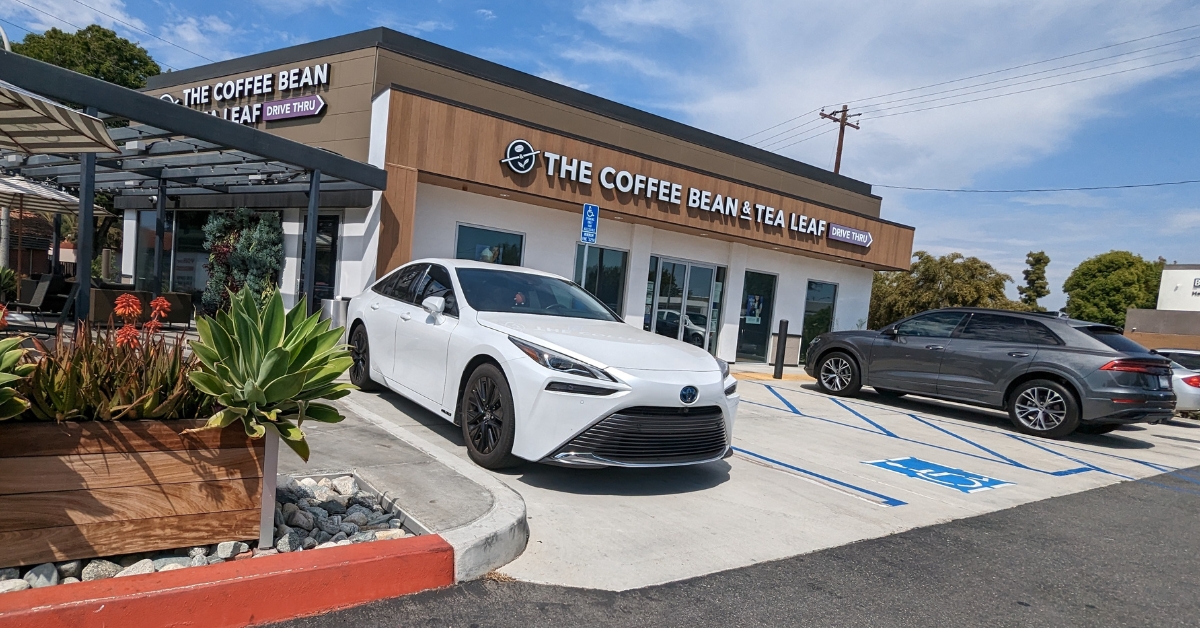The Toyota Mirai is a groundbreaking hydrogen fuel cell vehicle (FCV) that has captured the attention of automotive enthusiasts and sustainability advocates alike. As the world increasingly shifts toward electric and alternative fuel vehicles, the battery capacity of the Mirai plays a crucial role in determining its range, performance, and overall appeal. In this article, we will delve into the specifics of the battery capacity of the Toyota Mirai, highlighting its capabilities and the implications for the future of sustainable mobility.
The Fuel Cell System
Unlike conventional electric vehicles that rely on large lithium-ion batteries, the Toyota Mirai employs a fuel cell system. This system consists of a hydrogen fuel cell stack, which generates electricity through an electrochemical reaction between stored hydrogen and atmospheric oxygen. The electricity produced powers the Mirai’s electric motor, propelling the vehicle forward while emitting only water vapor.
Battery Capacity
While the Toyota Mirai does not have a traditional battery pack, it does feature a small onboard nickel-metal hydride (NiMH) battery. This auxiliary battery, also known as the “traction battery,” is responsible for storing excess energy generated by the fuel cell system and facilitating regenerative braking.
The NiMH battery in the Mirai has a nominal voltage of approximately 244.8 volts and a capacity of around 1.6 kilowatt-hours (kWh). Although this capacity may seem modest compared to the larger lithium-ion batteries found in battery electric vehicles, it should be noted that the Mirai’s primary source of energy is hydrogen, which is stored in high-pressure tanks.
Hydrogen Fuel and Range
The Toyota Mirai’s real power lies in its ability to harness hydrogen fuel, which offers several advantages over conventional electric vehicles. Hydrogen can be refueled quickly, similar to filling up a gasoline-powered vehicle, and provides an extended driving range.
The Mirai’s hydrogen fuel tanks store compressed hydrogen at a pressure of 70 megapascals (MPa). The current generation Mirai, released in 2020, features two hydrogen tanks with a combined storage capacity of approximately 5.6 kilograms (kg) of hydrogen. This allows the Mirai to achieve an impressive range of around 400 miles (approximately 644 kilometers) on a single tank, depending on driving conditions and individual driving habits.
Implications for Sustainable Mobility
The battery capacity and range of the Toyota Mirai are integral to its success as an environmentally friendly vehicle option. The use of hydrogen fuel cells offers a viable alternative to traditional internal combustion engines, emitting zero tailpipe emissions and contributing to cleaner air quality.
While the Mirai’s NiMH battery capacity may seem small compared to fully electric vehicles, the reliance on hydrogen fuel significantly reduces the need for large-scale battery manufacturing and the associated environmental impacts. Hydrogen production methods are also evolving, with advancements in renewable hydrogen production, further enhancing the sustainability of the Mirai and similar FCVs.
Conclusion
The Toyota Mirai’s battery capacity, although modest in the form of a NiMH auxiliary battery, plays a crucial role in optimizing the performance and efficiency of the fuel cell system. By combining hydrogen fuel with an onboard battery, the Mirai achieves an impressive range while emitting zero tailpipe emissions. As the automotive industry continues to explore sustainable mobility solutions, the Toyota Mirai stands out as a pioneering vehicle that pushes the boundaries of innovation and contributes to a greener future.





